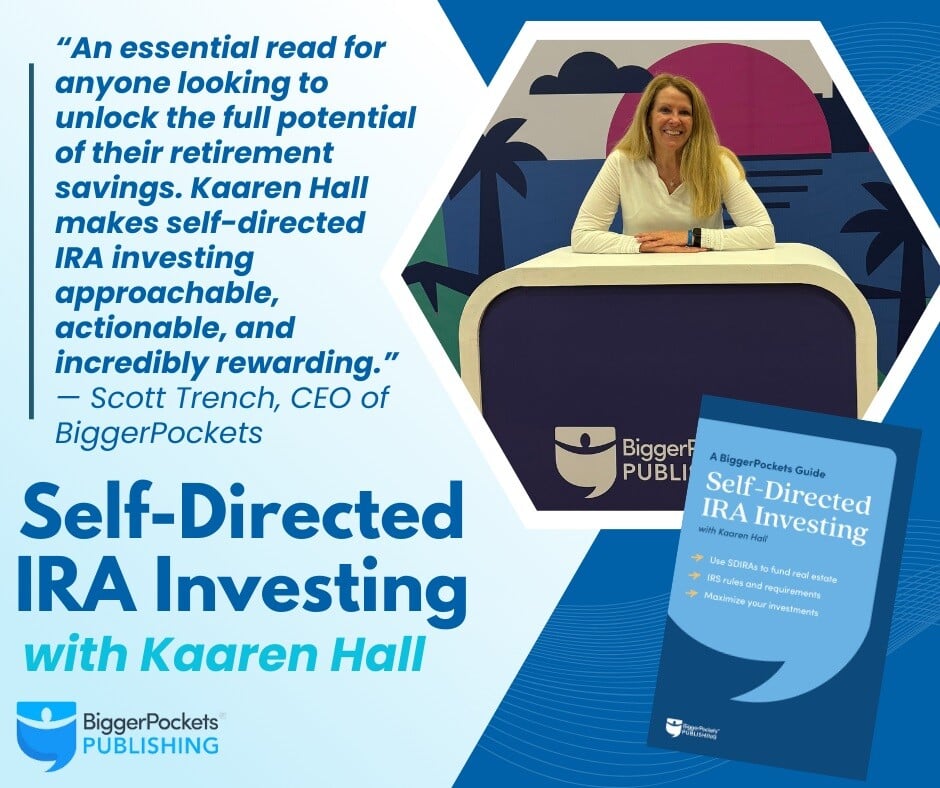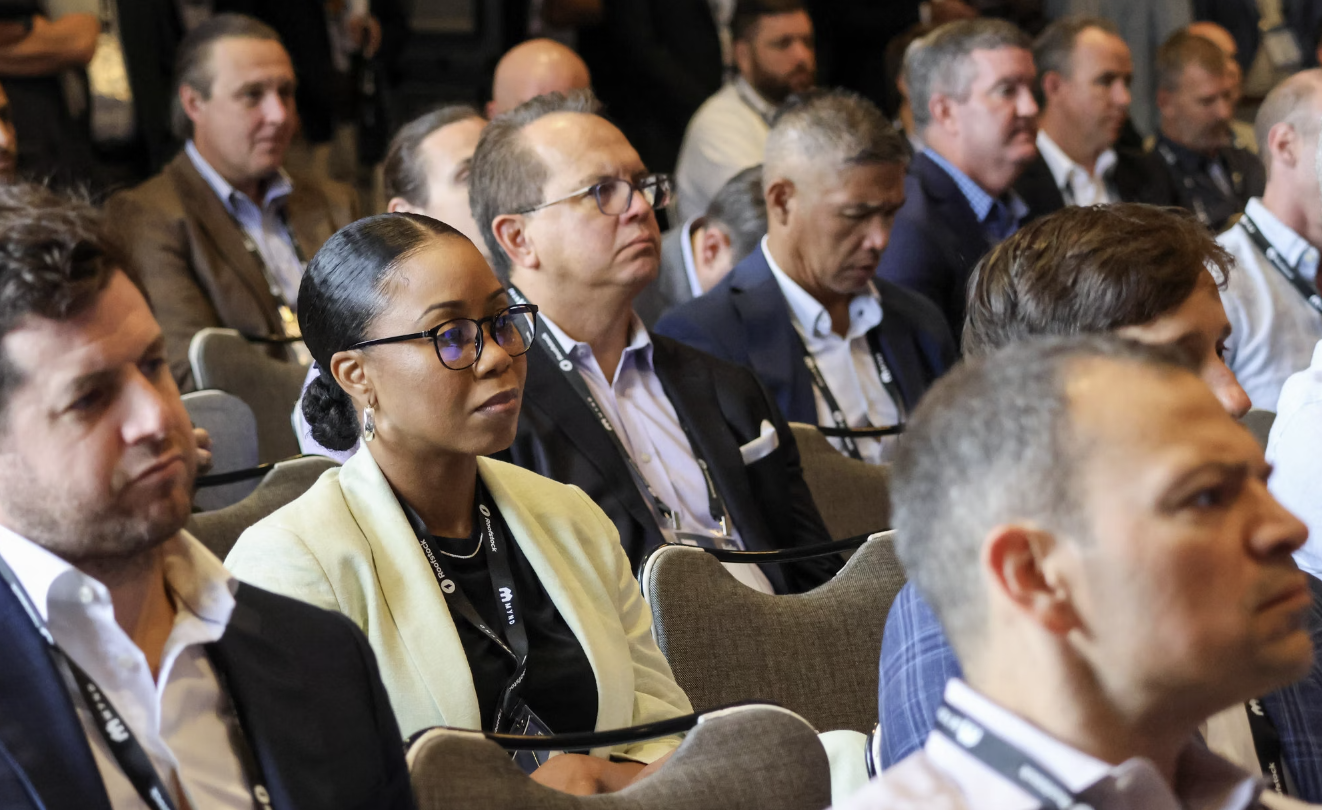Last chance to register for the leading industry event: Build-to-Rent, March 17-18 in Nashville. Get an extra 15% off your new registration with code: REU2267RTR at informaconnect.com/build-to-rent-east
Green shoots abound
A word from IMN:
Build-to-Rent East returns to Music City for its fifth year at a new venue. BTR owners, builders, investors, property managers and financiers will convene at the Grand Hyatt Nashville, keen to capitalize on the green shoots appearing in the market with deliveries, acquisitions and, importantly, starts expected to grow throughout the remainder of 2025.
New this year is the introduction of more interactive session formats, the return of the Women in Rental Housing meeting and the launch of a new networking app to facilitate meetings.
On behalf of Roofstock - gold sponsor of this year’s Build-to-Rent conference:
(1) What trends do you see shaping the build-to-rent sector this year?
The Build-to-Rent sector continues to evolve amid shifting capital market conditions, demographic changes, and changing resident preferences. The key trends shaping the sector in 2025 include anticipated increased institutional capital deployment, evolution in preferred type of BTR product, strong focus on tenant retention and NOI growth, and select secondary and tertiary markets gaining momentum beyond the traditional Sun Belt markets. Institutional investors remain committed to BTR despite higher interest rates, recognizing its resilience, rent growth potential, and strong occupancy rates, and continue pursuing new BTR acquisitions. Many investors continue to review forward take-outs, but there is a growing preference for stabilized communities to mitigate development and lease-up risk - leading to greater competition for stabilized BTR offerings. At Roofstock, we see heightened interest in townhome and duplex-style communities due to higher density, lower construction costs, and strong renter demand for affordable space-efficient homes. Single-family detached homes remain attractive, but affordability constraints and land costs influence development decisions and increased density to make deals pencil. Operators focus on increasing NOI through smart home technology, creative lease structures, and community-driven amenities to differentiate their properties and drive long-term renter engagement. Core SFR markets in the Sun Belt remain staples on investors’ interest list, but secondary and tertiary markets, such as Knoxville, Lexington and Cincinnati, among others, are gaining momentum as investors seek better yields.
(2) As the demand for rental properties continues to evolve, what key challenges do you foresee in the build-to-rent market, and how are you addressing them?
All asset classes, including the built-to-rent, continue to feel the impact of interest rate volatility, and capital markets uncertainty. Builders have had a slower-than-expected start to 2025, with muted seasonal sales activity. While demand for rental housing remains strong, fluctuations in debt and equity pricing have made deal underwriting increasingly challenging. To mitigate this, investors are seeking partnerships with long-term capital sources, while select small to mid-sized groups are exploring strategic alliances to achieve scale and capitalize on operational efficiencies. We see developers exploring bulk portfolio sales and recapitalization structures as an alternative to individual home sales. Rising material and labor costs continue to impact new BTR development timelines and pro forma returns. Developers are addressing this by optimizing designs for cost efficiency, sourcing alternative construction materials, and utilizing select prefabrication techniques to control costs. Managing scattered-site SFR portfolios poses specific pros and cons, contributing to investors growing interest in purpose-built communities that offer operational efficiencies, centralized maintenance, and shared amenities. We have also witnessed select high-growth BTR markets, like Dallas-Fort Worth and Phoenix, are experiencing an influx of new supply, leading to higher leasing concessions in the short term. Successful operators are differentiating through targeted marketing, resident perks, and creative lease terms to maintain occupancy.
(3) What are the biggest opportunities for growth in the build-to-rent space in 2025, and how do you see the upcoming forum helping you capitalize on them?
While BTR remains the darling of the industry, institutional investors continue to be interested in scattered-site SFR portfolios offering greater geographic diversification, superior infill locations near major employment hubs, and immediate cash flow without the development and lease-up risk. Developers are exploring bulk portfolio sales and various recapitalization structures as an alternative to retail sales to owner occupants. While the Sun Belt maintains its dominant position, investors look at emerging markets in the Midwest and Southeast for better cap rate spreads and long-term growth potential. Additionally, BTR operators leverage smart home technology, AI-driven leasing platforms, and automated property management solutions to improve operational efficiency and enhance NOI.
(4) What are you most looking forward to about attending the forum?
This forum provides a valuable opportunity to network and engage with leading institutional investors and developers to understand current capital deployment strategies, explore deal-making opportunities, on both the acquisition and disposition sides, and gain valuable insights on emerging trends in the ever-evolving BTR landscape.
Last chance to register for the leading industry event: Build-to-Rent, March 17-18 in Nashville. Get an extra 15% off your new registration with code: REU2267RTR at informaconnect.com/build-to-rent-east – see you there!
.webp?width=300&height=65&name=Objeto%20inteligente%20vectorial%20(1).webp)





